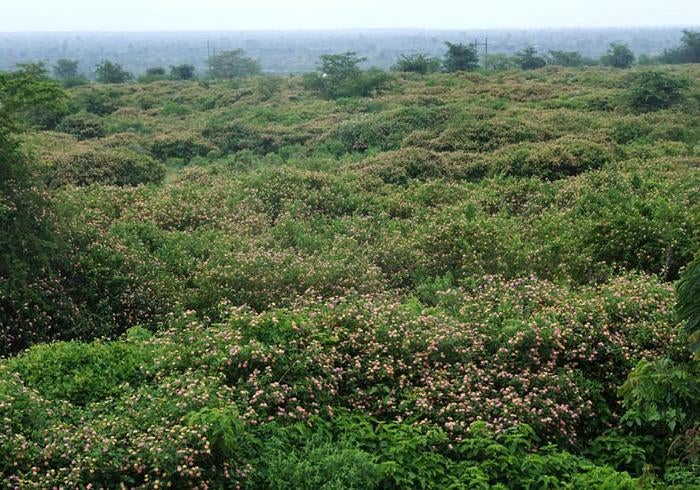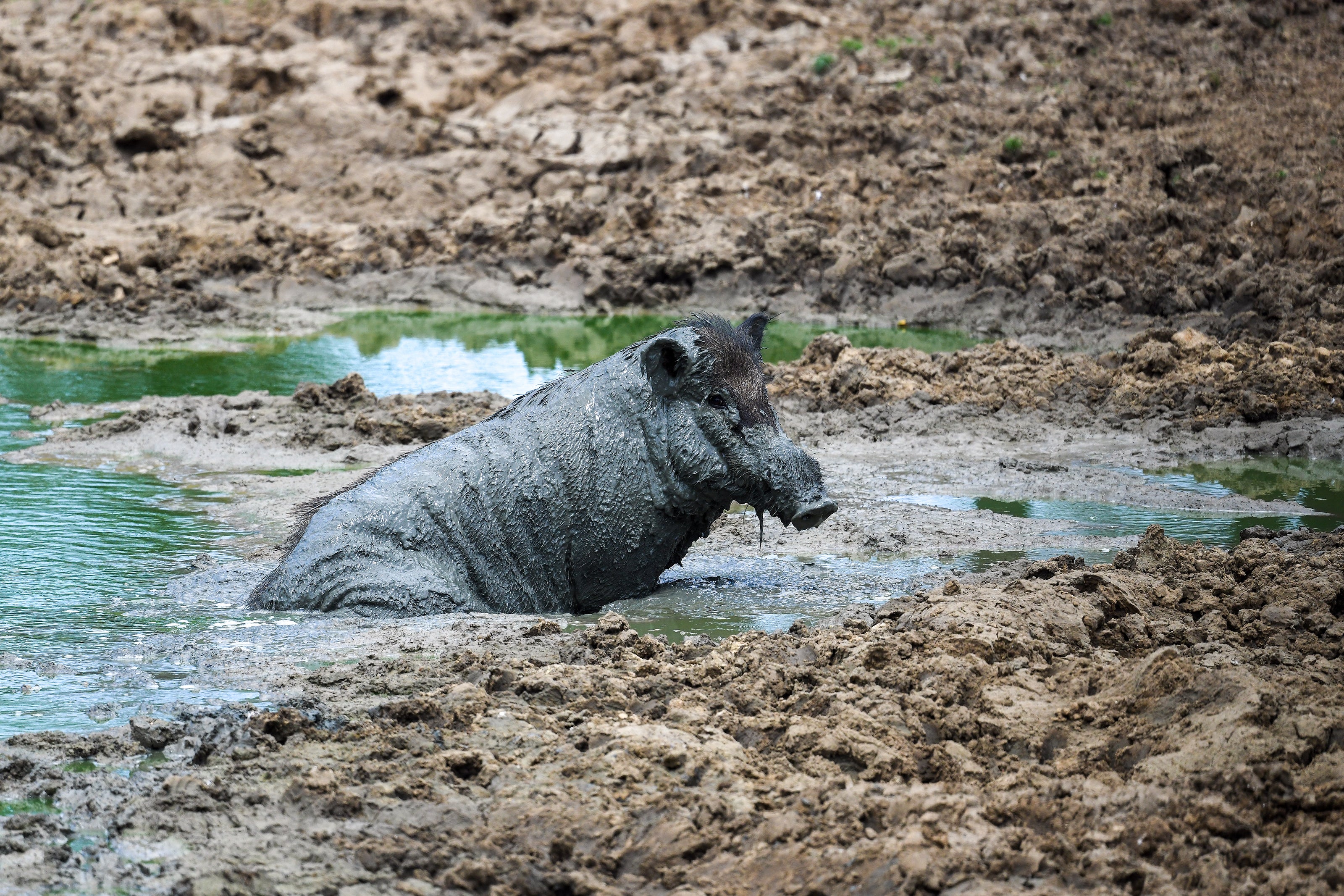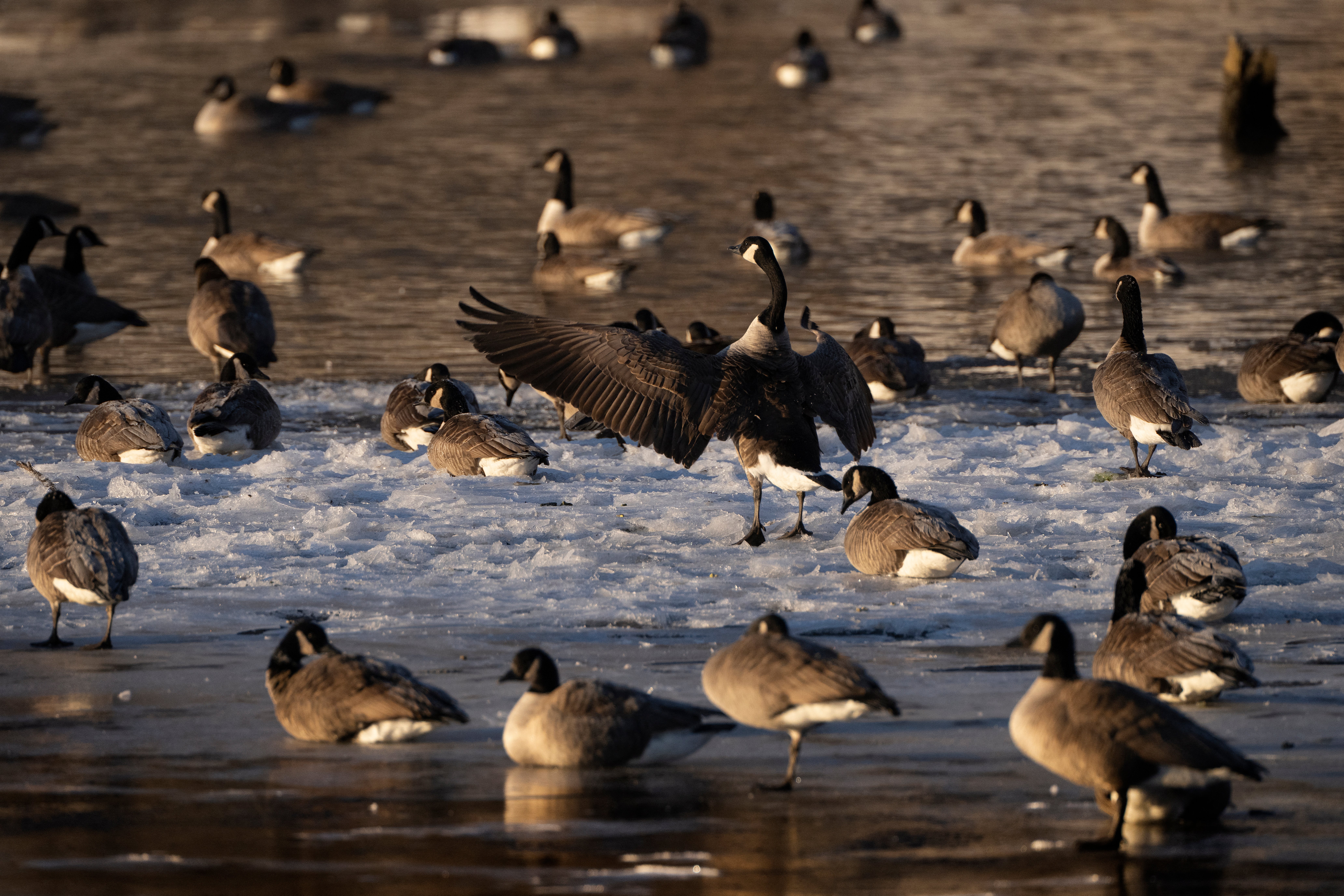Alien plants and animals have cost Europe over $1.5 trillion, study finds
UK alone suffered losses of over $1.3tn between 1960 and 2022
Alien plants and animals cost Europe over $1.5 trillion in the last six decades, according to a new study, indicating the global economic impact of such species could be several times higher than previously thought.
The research, published in the journal Nature Ecology & Evolution, assessed data on 162 invasive species and their potential damage to various countries.
Previous studies have shown that invasive alien species pose a threat to biodiversity, ecosystem services, and economies. By one estimate, they have contributed to 60 per cent of recorded global extinctions.
However, previous estimates of the monetary impact of invasive species were based on only a few documented costs from a limited range of countries, researchers said.
The latest study combines the estimated costs, including damage to agriculture, at the national level for 162 invasive species with models of where the species are distributed around the world.

The analysis maps the impact of species such as the Asian tiger mosquito, the tree of heaven and the American bullfrog, and estimates monetary costs incurred by their spread in other countries, including 78 nations for which no data was previously available such as Bangladesh, Costa Rica, Cyprus, and Egypt.
Invasive plant species were found to be responsible for costing national economies $926bn for the study period followed by arthropods at $830.29bn. Invasive mammals cost $263.35bn, birds about $101.36bn, molluscs $16.31bn and fish $3.47bn.

On a per square kilometre basis, wild boars were estimated to be the most economically burdensome at over $121,000, followed by the Canada goose at over $62,000.
The most burdensome plants were the Japanese knotweed, West Indian lantana, and the Canary Islands sorrel, the study found.
Overall, there was a 17-fold discrepancy between previous estimates and the total latest calculation of the impact of alien species.

“It represents a discrepancy of the global cost of these species from $126.81bn to $2,215bn over the period 1960–2022, resulting in an annual average of $35 billion,” the study noted.
“Europe had the highest potential impacts from biological invasions, reaching $1,584bn, which is 71.45 per cent of global costs.”
Among countries, the study found the UK had the highest estimated costs due to invasive species at over $1.3tn. “Regionally, Europe, the east coast of China, and the east and west coasts of the US were highly affected,” researchers said.
“These results place the monetary cost of biological invasions on a similar scale to the global costs of extreme weather attributable to climate change.”
Join our commenting forum
Join thought-provoking conversations, follow other Independent readers and see their replies
Comments